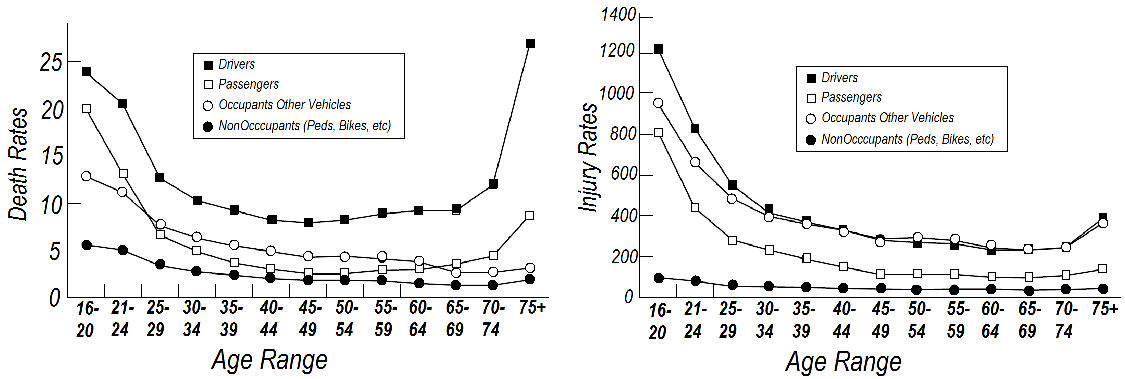Interesting, I find the opposite is true. Babysitting the teenage lane keeping driver takes more effort than just steering myself, for me. I drive 700 or 1000 mile round trips on weekends every 4-6 weeks. Since Fall 2023 I've gone back to full manual driving with short bits of TACC on some wildly boring straight sections.
Potholes alone is enough to make me steer manually. The constant bing bong to change lanes seals it for me.
On top of all that, lane position is also a deal breaker. I really really hate how it centers in the lane. Everyone offsets in the lane, to the point where the road is worn offset one side or the other. I feel like I'm crowding everyone being centered, to the point where I'm constantly disengaging when passing/being passed.



